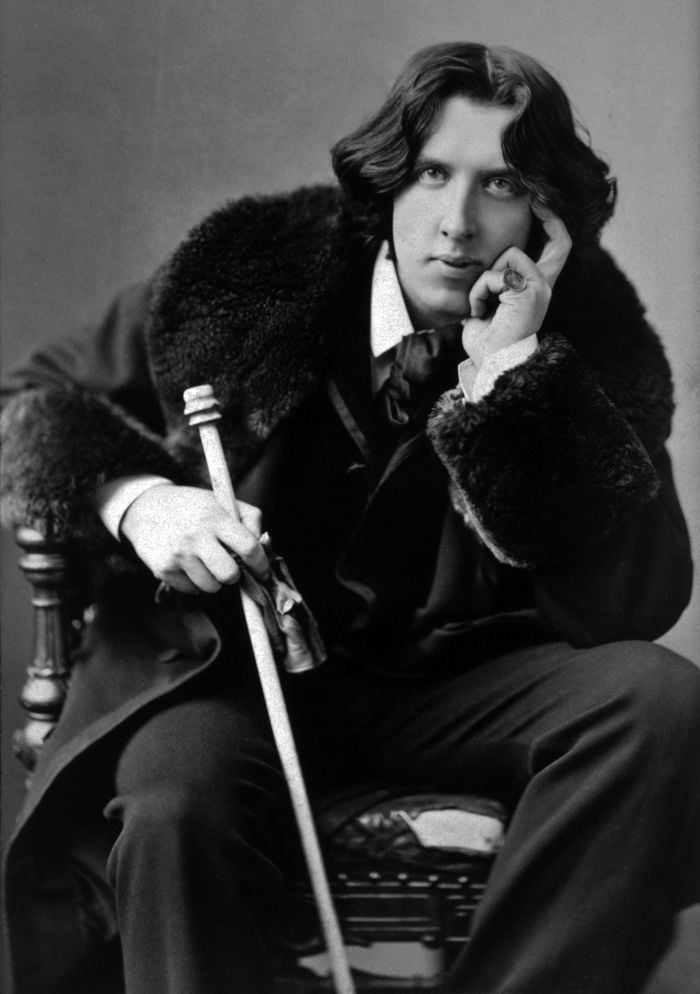Willibald and Mother Church, like a hen that cherishes her offspring beneath her wings, won over many adoptive sons to the Lord, protecting them continually with the shield of his kindliness. These he trained with gentleness and sympathy, detaching them from their imperfections until they reached perfect maturity. These, having followed in the steps of their master and absorbed his teaching, have now become famous for the training they give to others.
This, then, was Willibald, who at first began to practise a holy life with the support of but a few helpers, but who at last, after struggling in many ways against the opposition of numerous chieftains and courtiers, gained possession of a people worthy of the Lord.
Treasures worthy of our Lord
Far and wide through the vast province of Bavaria he drove his plough, sowing the seed and reaping the harvest with the help of many fellow¬labourers. And all though the land of Bavaria, now dotted about with churches, priests’ houses and the relics of the saints, he amassed treasures worthy of our Lord. From these places antiphons now resound, sacred lessons are chanted, a noble throng of believers shout aloud the miracles of Christ and with joyful hearts echo from mouth to mouth triumphant praises of their Creator.
What shall I now say of Willibald, my master and your devoted brother? Who was more outstanding than he in piety, more perfeu in humility? Who more forbearing in patience, more strict S temperance, greater in meekness?
When was he ever backward lo consoling the downcast? Who was more eager to assist the poor ot more anxious to clothe the naked? These things are said not for the sake of boasting but for the sake of recounting what I have seen and heard, things done not by the power of man but by the gran of God, in order that, according to the words of the Apostle: “He who glories may glory in the Lord.” Amen.
Source:
C. H. Talbot, The Anglo-Saxon Missionaries in Germany, Being the Lives of SS. Willibrord, Boniface, Leoba and Lebuin together with the Hodoepericon of St. Willibald and a selection from the correspondence of St. Boniface, (London and New York: Sheed and Ward, 1954)
Page numbers are from the Talbot edition.
The copyright status of this text has been checked carefully. The situation is complicated, but in sum is as follows. The book was published in 1954 by Sheed & Ward, apparently simultaneously, in both London and New York. The American-printed edition simply gave ‘New York’ as place of publication, the British-printed edition gave ‘London and New York’. Copyright was not renewed in 1982 or 1983, as required by US Law.
The recent GATT treaty (1995?) restored copyright to foreign publications which had entered US public domain simply because copyright had not be renewed in accordance with US law. This GATT provision does not seem to apply to this text because it was published simultaneously in the US and Britain by a publisher operating in both countries (a situation specifically addressed in the GATT regulations). Thus, while still under copyright protection in much of the world, the text remains in the US public domain.
Some years ago, a collection of such hagiographical texts, including some texts from Talbot, was published:-
Thomas F.X. Noble and Thomas Head, Soldiers of Christ: Saint and Saints’ Lives from Late Antiquity and the Early Middle Ages, (University Park, PA: Pennsylvania State University Press, 1995).
Soldiers of Christ uses, among others, the Talbot translated texts, but is much improved by additional notes by the two editors, and by new translations of some parts. Readers from outside the US should consult this volume, and readers in the US would find it profitable to do so.
Read More about The Disabled Soldier Part 3








